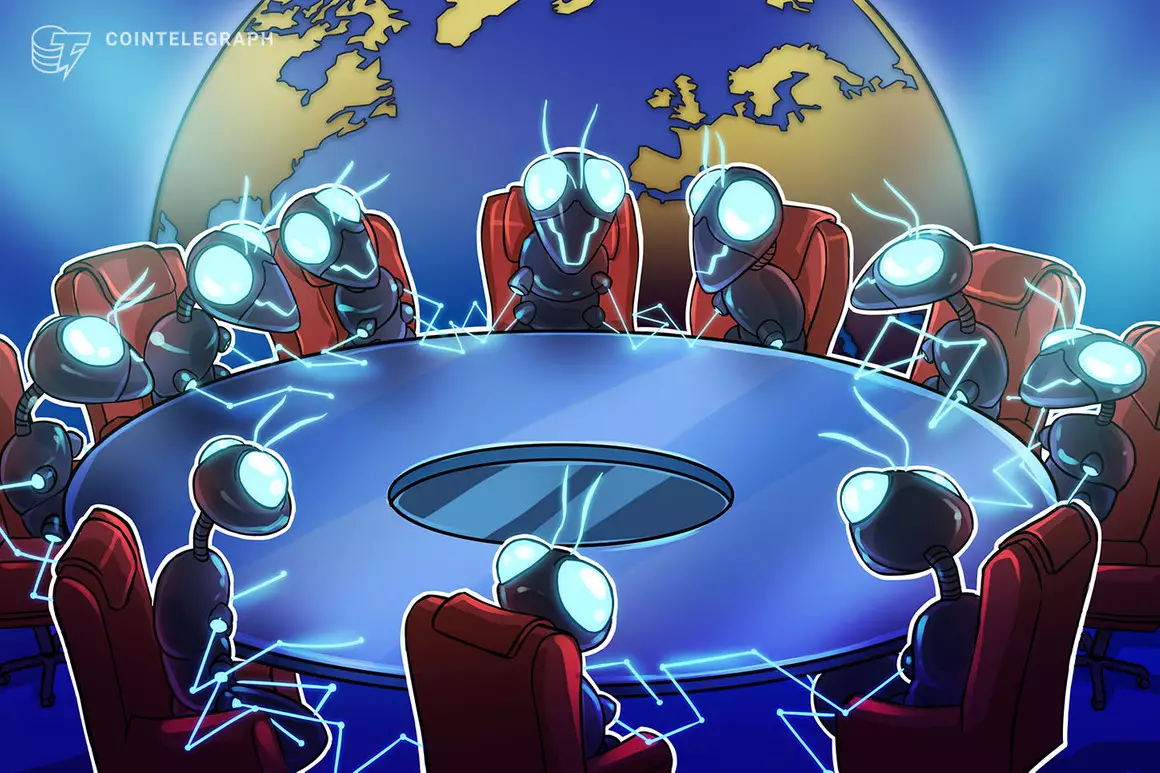The year 2022 posed numerous challenges for Cosmos and its vision of inter-blockchain communications (IBC). The collapse of the Terra Luna ecosystem, internal tensions among co-founders, and a dip in token price all raised concerns about the future prospects of IBC. Despite these setbacks, projects like dYdX and the Seda protocol remain committed to the IBC vision and continue to thrive within the Cosmos network.
Oracles play a crucial role in enabling IBC by addressing a key limitation of smart contracts – their inability to directly access data from external blockchains. This limitation greatly restricts the potential use cases of smart contracts, particularly in lending markets. For instance, if a smart contract requires price information from multiple chains simultaneously, it would need multiple oracle providers. This is where multichain oracles become essential, as they enable access to data across multiple chains.
The Seda protocol, previously known as Flux, has made notable advancements in the field of oracles for IBC. Within just eight weeks of its launch, Seda became the second-largest oracle, securing over $2.7 billion in total value locked. However, the team soon recognized the challenge of monitoring and scaling this system across an extensive network of 200 chains. To overcome this hurdle, they innovatively designed the main chain to aggregate data and push smart contracts to subchains. This approach eliminates the need to deploy oracle contracts on every new chain and instead relies on a single smart contract.
Ensuring Security in Oracle Technology
Given the recent high-profile oracle exploits, it is crucial to prioritize security measures in oracle technology. Education plays a vital role in this regard, as users need to understand the risks associated with building bridges between blockchains. It is essential not to bridge large amounts of value if the underlying token lacks sufficient liquidity on decentralized exchanges. Additionally, implementing smart price data modules, such as time-weighted average price calculations, can reduce vulnerability during volatile market conditions.
Establishing proper metrics, such as liquidation thresholds and collateralization ratios, is also important to safeguard the protocol’s integrity. For instance, if a token is borrowed against $100 million but has only $10 million in on-chain liquidity, liquidating positions worth $100 million becomes impractical. By setting up predefined thresholds and ratios, protocols can mitigate the risk of such scenarios and ensure their overall success.
Oracles play a pivotal role in realizing the potential of inter-blockchain communications. The Seda protocol’s innovative approach to aggregating data and deploying smart contracts across subchains showcases the scalability of oracle systems. However, it is crucial to prioritize security measures and educate users about the risks associated with oracle technology. By taking these precautions, the Cosmos network and its vision of IBC can overcome the challenges of the past year and continue to flourish in the future.

